According to a scientific analysis in the US, people who eat one to two servings of green vegetables every day have the health equivalent of being 11 years younger than those who do not eat green vegetables every day. This is quite a big difference.
There are actually a lot of foods that are linked to longevity, but you should start with leafy greens. They are super versatile and can be incorporated into many dishes. You can easily add them to salads, smoothies, or stir-fries.

When you eat green vegetables regularly, you can see immediate changes in your health. In the short term, regular intake of green leafy vegetables can increase energy levels, reduce weight, improve digestion and increase nutrient absorption. The antioxidants in green vegetables can also contribute to better skin and reduce inflammation, ensuring overall health.
While there is no pill that promises to prolong life, there are foods that scientific studies have found to do so. In fact, what we eat can support longevity better than expensive medications.
8 types of vegetables Vietnamese people should eat regularly to prolong life
Bell pepper
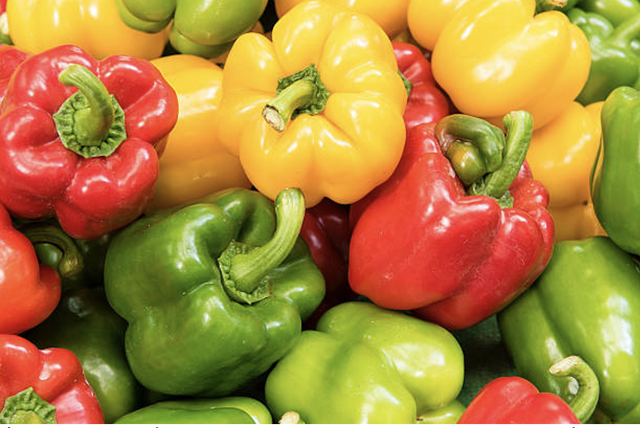
Illustration
Bell peppers, sometimes called sweet peppers, are a healthy vegetable with many health benefits. They can come in green, yellow, orange, and red colors, but all varieties contain powerful antioxidants that help protect the body against oxidative damage.
One cup of chopped red bell peppers provides 39 calories, 9 grams of carbs, and 3 grams of fiber. It's also rich in vitamins A and C, which are beneficial to the body.
Cauliflower
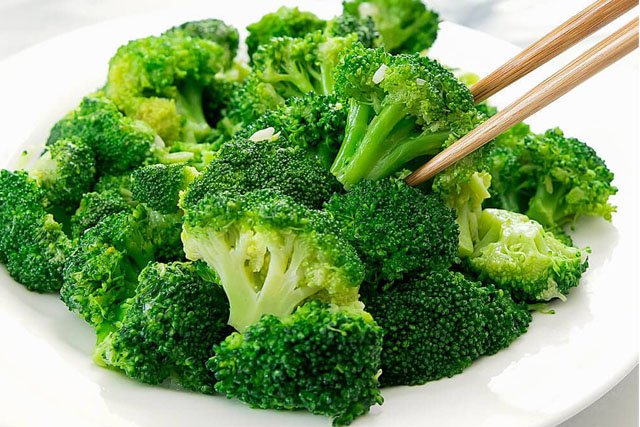
Illustration
Cauliflower is a popular vegetable on low-carb diets. It is a cruciferous vegetable that is low in calories and carbs but high in fiber, vitamins, and minerals.
One cup (150 grams) of cauliflower provides 27 calories, 5 grams of carbohydrates, and 2 grams of fiber. It's also a good source of vitamin C, with 51 milligrams (mg) or 45 percent of the daily value per cup.
Purple cabbage
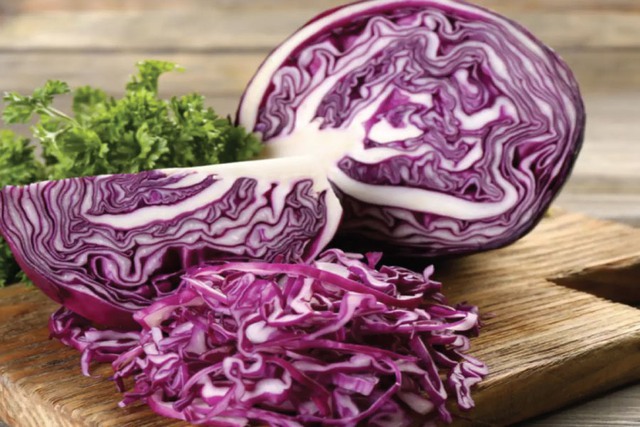
Illustration
Purple cabbage is a low-carb, high-fiber vegetable that is packed with nutrients. Purple cabbage is rich in anthocyanins, a type of flavonoid that has been linked to the prevention of diseases related to oxidative stress, such as neurodegenerative and cardiovascular diseases.
One cup of purple cabbage provides about 28 calories, 7 grams of carbs, and 2 grams of fiber. Each serving also provides vitamin C and vitamin K.
Asparagus
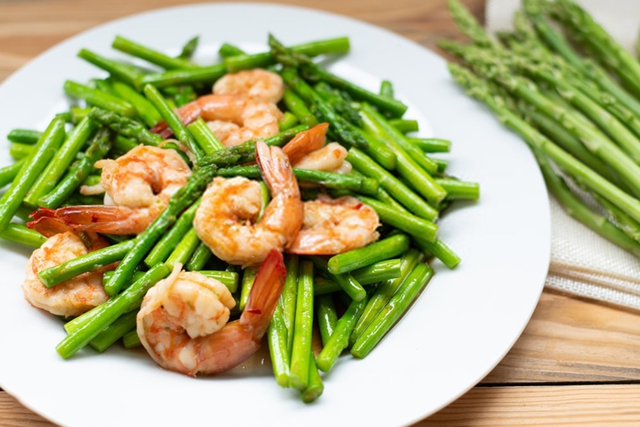
Illustration
Asparagus comes in a variety of colors, including green, purple, and white. It is a popular spring vegetable but can often be enjoyed year-round.
One cup of raw asparagus provides about 27 calories, 5 grams of carbs, and nearly 3 grams of fiber. It's also an excellent source of vitamin K, which is needed for blood clotting, and folate, which is needed for DNA synthesis.
Kale
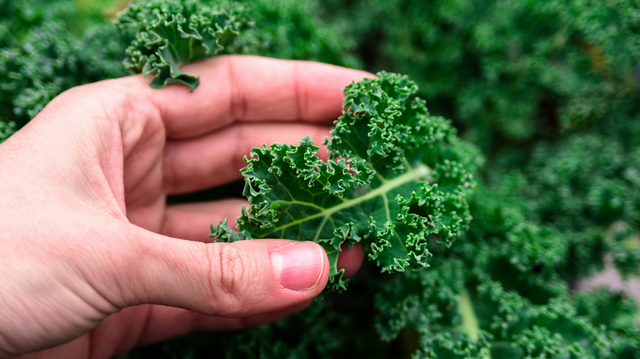
Illustration
One cup of cooked kale provides 60 calories, 6 grams of carbs, and nearly 6 grams of fiber. Kale is also rich in vitamin A, vitamin C, and calcium. This vegetable can be enjoyed fresh in salads, in wraps, or cooked as part of a savory meal.
Mushrooms
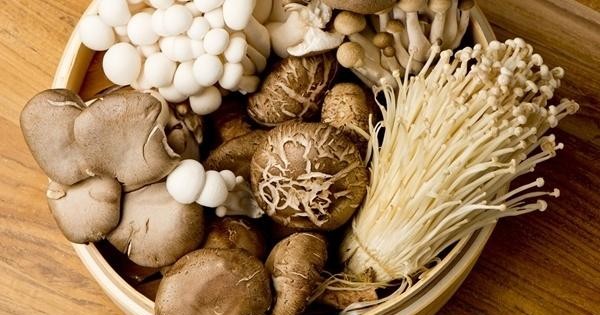
Illustration
Mushrooms are very low in carbs. One cup provides 15 calories, 2 grams of carbs, and nearly 1 gram of fiber. Mushrooms have also been shown to have anti-inflammatory and antioxidant properties, which may help improve metabolic markers over time, such as blood sugar levels, cholesterol, blood pressure, and more.
Spinach

Illustration
Amaranth has a sweet taste and cool properties. This vegetable provides many essential nutrients for the body such as iron, vitamin B2, vitamin C, calcium, nicotinic acid, lysine, starch... These are all essential nutrients, good for health, help protect bones and joints, reduce inflammation, and prevent cancer.
Malabar spinach
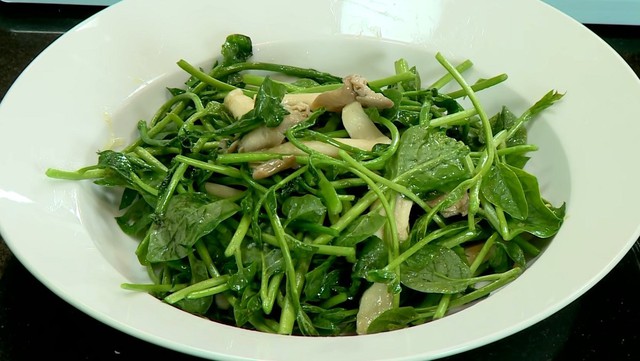
Illustration
According to Oriental medicine, Malabar spinach has a cold, sour taste, dissipates heat, has detoxifying effects, treats prickly heat, acne, and beautifies the skin.
Modern science has shown that Malabar spinach is a nutritious vegetable. 1/2 cup of cooked Malabar spinach can provide 190% of the vitamin A and 20% of the iron needed by the body in 1 day. Malabar spinach is good for health but it is also important to note that it should only be used in moderation to avoid excess nutrients, which can cause adverse effects.
How much vegetables should I eat every day?
To meet the nutritional needs of green vegetables and fruits, according to the World Health Organization, an adult should consume at least 300 grams of green vegetables and 100 - 200 grams of fruit every day to help prevent the risk of chronic diseases related to nutrition.
Children also need to be introduced to vegetables gradually with different and appropriate preparation methods. Depending on the age of the child, they will need to consume different amounts of vegetables and fruits.
A suitable serving of fruit for children would include one medium-sized piece of fruit, two small pieces or a bowl of chopped fruit. A suitable serving of vegetables for children would be about the size of a medium-sized potato, 60 grams of cooked vegetables.
We can absolutely eat more vegetables and fruits if we want, because vegetables and fruits are rich in vitamins and fiber, easy to digest, and reduce the risk of constipation.
People who are overweight, obese, or have blood sugar disorders or diabetes should limit eating sweet and high-energy ripe fruits such as bananas, mangoes, jackfruit, lychees, etc.
Source






















![[Photo] National Assembly Chairman Tran Thanh Man visits Vietnamese Heroic Mother Ta Thi Tran](https://vphoto.vietnam.vn/thumb/1200x675/vietnam/resource/IMAGE/2025/7/20/765c0bd057dd44ad83ab89fe0255b783)

















































































Comment (0)